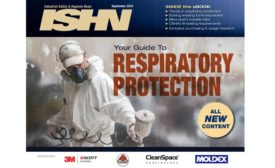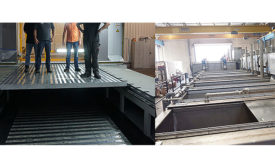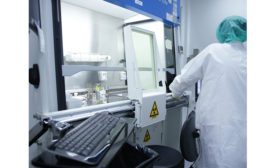Safety & Health Best Practices
Intelligence as a safety & health metric
Smart workers may think they outfox risks
August 3, 2018
Home Indoor Air Quality (IAQ) assessments present challenges
Today’s indoor generation
July 5, 2018
Become a Leader in Safety Culture
Build your knowledge with ISHN, covering key safety, health and industrial hygiene news, products, and trends.
JOIN TODAYCopyright ©2025. All Rights Reserved BNP Media.
Design, CMS, Hosting & Web Development :: ePublishing










